Working my way through the auction catalogues heading toward some sales in London a while ago, I was side-tracked from my usual quest for quality double rifles and shotguns by the appearance, in the bolt-rifle section, of a style of sporting gun that has largely become lost in our historical archive.
While many modern custom rifles are still built on classic Mauser ’98 actions, the British equivalent has all but disappeared from the lexicon of hunting rifles. While the WW2 German army were cycling 8mm rounds through their Mausers, the Brits were equipped with a .303 calibre rifle based on the Lee bolt-action. During the first third of the 20th century, both Mauser and Lee actions appeared as sporting rifles. A refresher course on this out-of-favour classic is due.
The Mauser, like the Lee, originated as a military action. The qualities of the Mauser are well known. It is very robust and un-fussy, able to cope with dirty conditions and poor maintenance, as well as being strong enough to fire fairly large calibre rounds. The Lee is a rather more delicate, with a shorter pull, and suited to the 30-calibre rounds that it was developed with from the outset (‘though it was adapted as a .405 by Remington in the late 19th century). The advantage of the Lee as a battle rifle was the rapidity of fire achieved by skilled troops. The Germans, famously, once believed themselves to be facing automatic weapons when engaged by British soldiers laying down rapid fire from their ten-shot magazine Lee-Enfields.
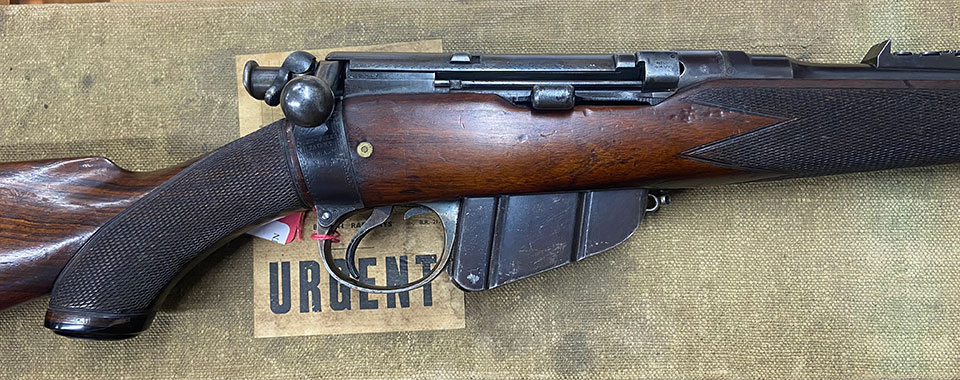
In civilian form, the Lee action began with black powder propellant and Metford rifling. This was swapped for Enfield pattern rifling in the nitro era. The military forms of the rifle being the many variants of the SMLE (Short Magazine Lee Enfield), while the sporting equivalent was known as the Lee Speed. As is common in firearm nomenclature, the patentees of the various parts are amalgamated to make the name. In this case, James Paris Lee was the patentee of the bolt action and Joseph Speed was the senior manager at the Royal small Arms Factory at Enfield Lock at the time the military versions were adapted and improved.
The standard military configuration of the MK4 Lee-Enfield had a 25 1/4” barrel and weighed approximately 9lbs with a stock length of around 13 1/2”. The sporterised versions of the rifle differed, as one would expect. A typical early example, by LSA, has Metford rifling, weighs 7lbs 11oz, with a well figured 14 1/2” pistol-hand stock, open sights sighted from 100 yards to 1,000 yards. The 24” barrel is stocked as a conventional sporting rifle with the half-stock forend rather than the full wood covered barrel of the military version. This was for sale at Bonhams in December, with a reserve of £800.
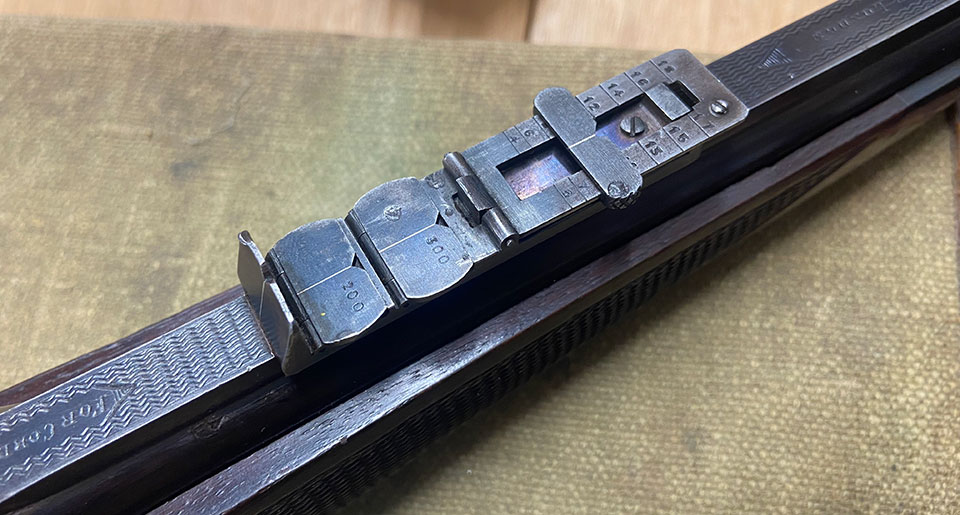
Gavin Gardiner had a BSA manufactured Lee Speed, shot and regulated by Army & Navy, as the first of several Lee Speed rifles in his December sale. These illustrated the practice of well-known gun makers having these rifles in stock as stalking rifles.
.303 is a very capable deer calibre and these rifles were well made and practical, as well as being quite handsome. Gavin’s collection included examples by J. Graham of Inverness, Westley Richards, Wilkinson Sword and W.J Jeffery. Specifications are very similar, with barrel lengths of 24”-25” being normal and 21” the shortest. Weights ran from 7lb 9oz to 6lb 10oz. Quality walnut and pistol grip stocks are universal. Prices for these rifles were between £200 and £500.
Ammunition for these rifles is readily available, with new full metal jacket 180 grain bullets travelling at 2,438 fps and a muzzle energy of 2,376 ft lbs selling from around £70 per 100 rounds. Sellier & Bellot make a soft nose .303 for hunting, with 20 rounds costing around £28. These are ideal for Enfield rifled versions.
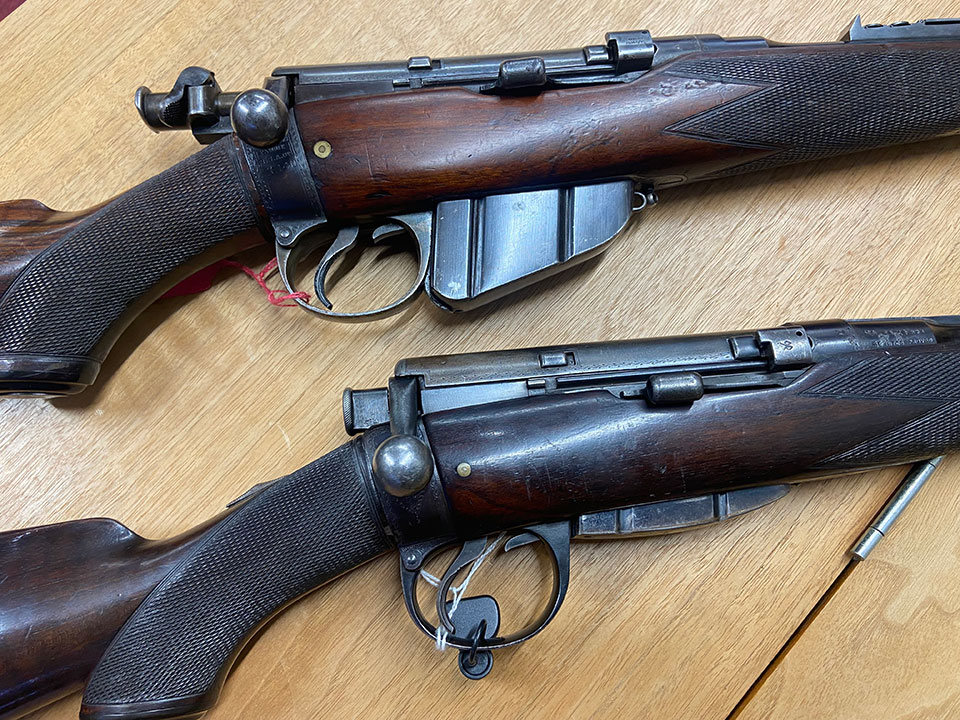
Reloadable brass and boxer primers are easily sourced and hand-loading to suit your rifle should be viable for anyone with a basic understanding of re-loading. Occasionally, a Lee Speed will be found in a calibre other than the normal .303. I have seen 8mm and .375 (2 1/2”) versions. Rifles with Metford rifling are more difficult to get shooting well with commercially available bullets but it can be done with some effort. Paper patches seem to help.
WDM Bell may have been best known for his use of Rigby Mauser .275 rifles for shooting elephants but he also favoured the .303 Lee Speed as a plains game rifle. The available .303 ammunition lacked the sectional density he liked for elephant hunting but he wrote of his Daniel Fraser Lee Speeds with affection. Another famous user was Col. J.H Patterson, author of ‘Man Eaters of Tsavo’. He used one to slay the infamous lions that preyed on railway workers during construction of the Kenya-Uganda railway in 1898.. The story is loosely re-told by Hollywood in ‘The Ghost & the Darkness’ starring Val Kilmer as Patterson, who is, accurately, equipped with a Lee Speed throughout the film.
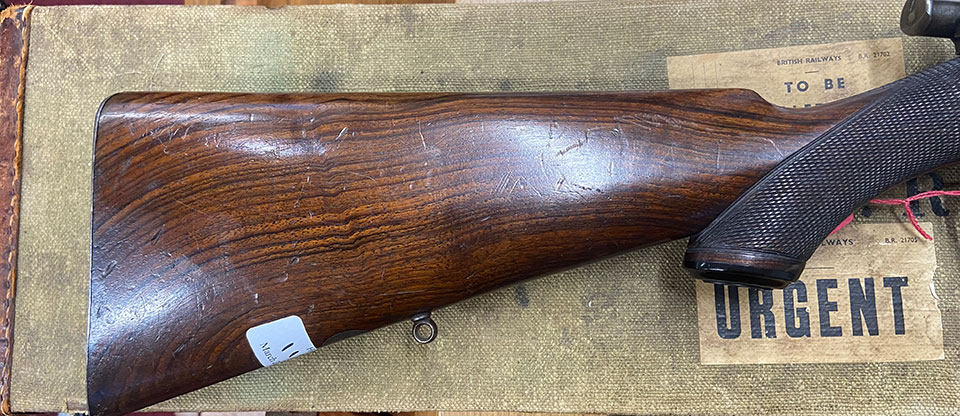
I have not yet succumbed to the temptation but I always look at these rifles with a certain sense of wonder, now that their one-time rival, the .275 Rigby Mauser, can regularly make upwards of £4,000, at how inexpensive they seem. surely it is time they began to claim back a little respect as they look very good value at the moment, if old fashioned rifles are something for which you have a soft spot.
At around the turn of the century, a good quality Lee Speed, based on a barrelled action bought from BSA and finished in-house by a firm like Westley Richards, Holland & Holland or Greener, would have cost about ten or twelve guineas. In 1924, A Rigby Mauser cost £26 and 5 shillings. So, the Mauser was, then, about twice the cost of the Lee Speed, today it will cost you many multiples of one.
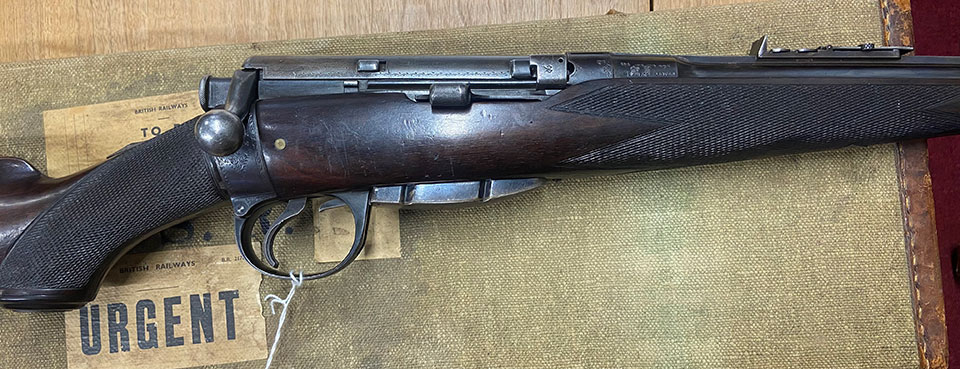
Published by Vintage Guns Ltd on (modified )




